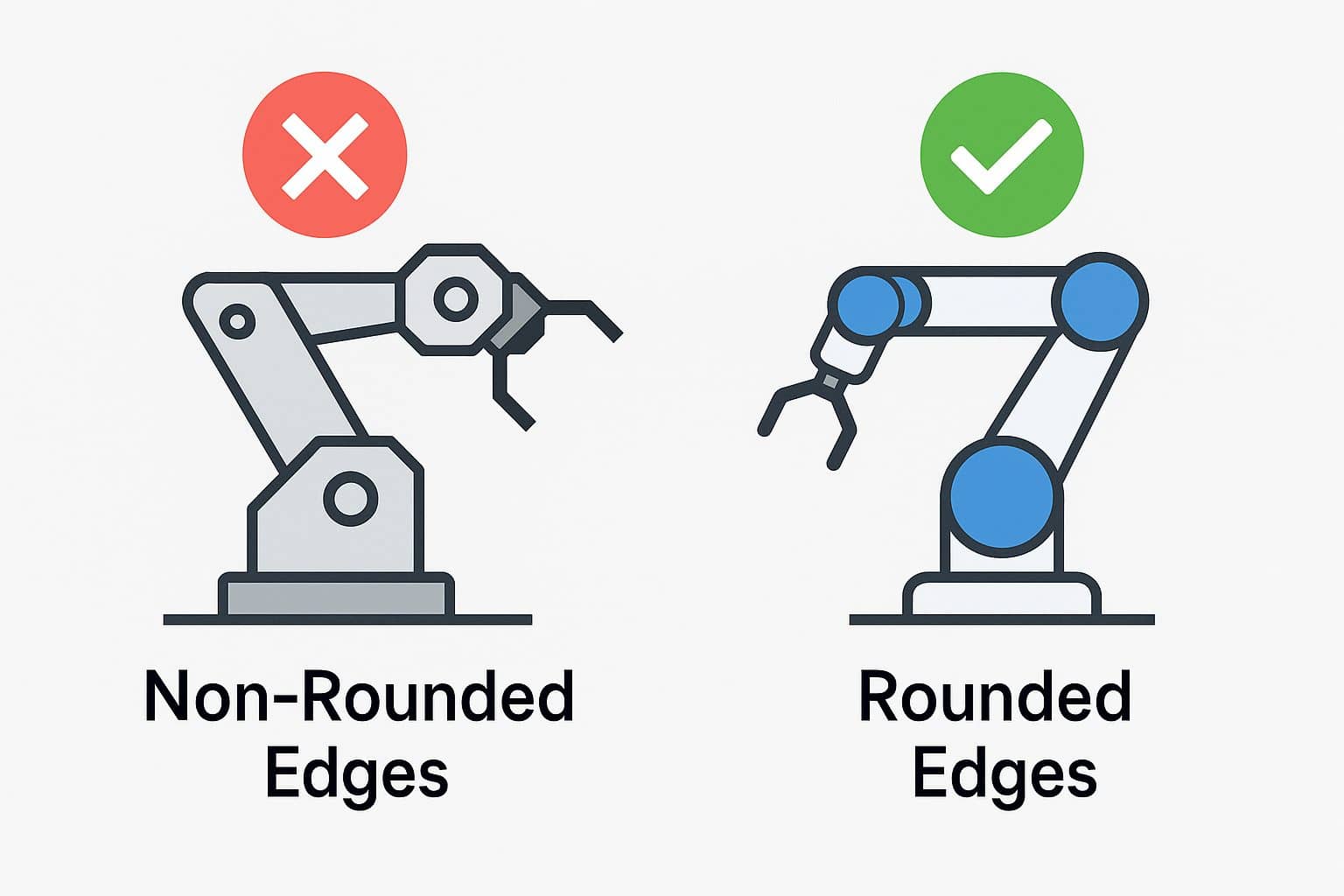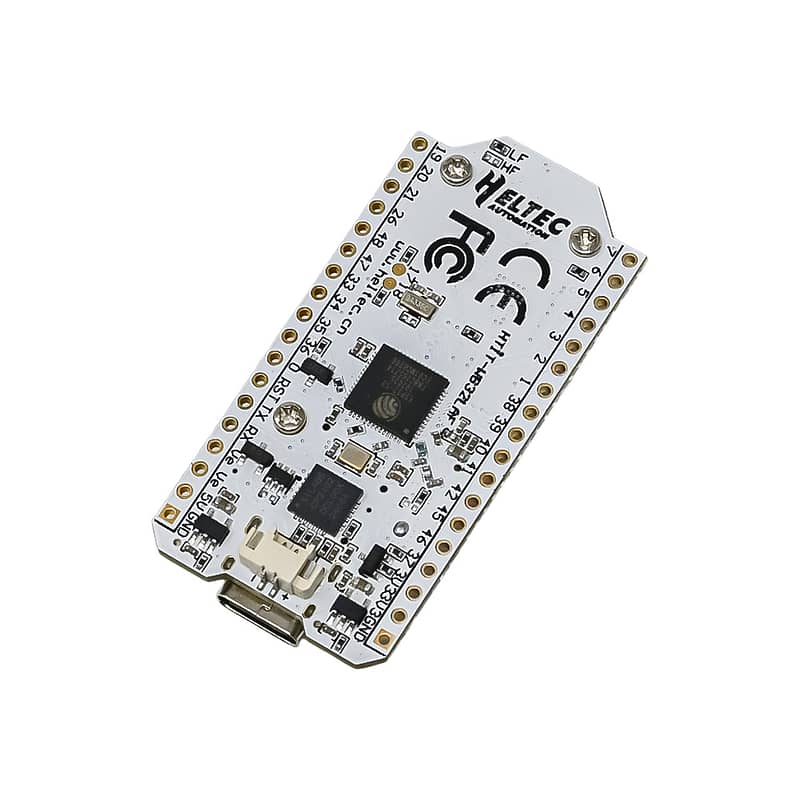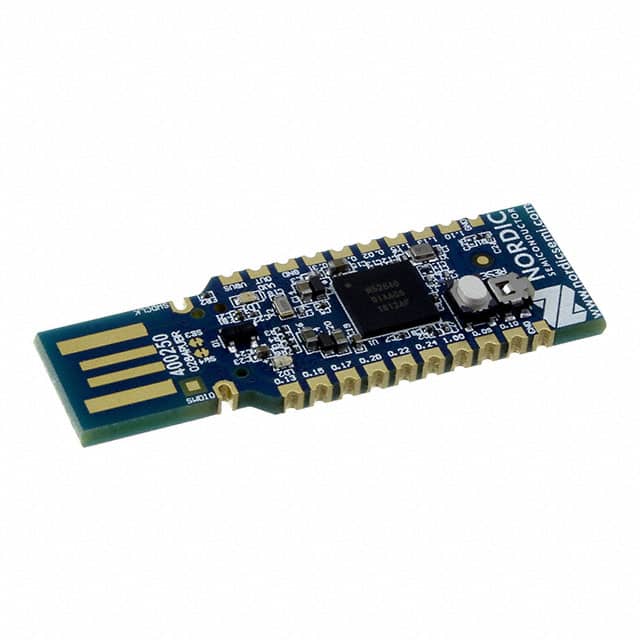
Is This a Cobot, or Just a Robot?
Misconceptions and Corrections in the Collaborative Robotics Market
When you walk into a factory today, you might see an industrial robot with a shiny safety scanner attached to it, moving slower when people get close. Many integrators — and even sales teams — will call this setup a cobot. But is it really?
The answer: not necessarily.
🤖 Robot vs. Cobot: What’s the Difference?
- A robot is any programmable machine that can move and perform tasks.
- A collaborative robot (cobot) is specifically designed to work safely alongside humans.
To earn that label, a cobot must comply with ISO 10218 and ISO/TS 15066 safety standards, supporting collaborative modes such as:
- Power & Force Limiting (PFL): Rounded edges, torque sensors, and lightweight designs prevent injury on contact.
- Speed & Separation Monitoring (SSM): The robot slows or stops when a person enters a safety zone.
- Hand Guiding: Safe, direct human control of the robot.
- Safety-rated Stop: Controlled halt when required.
❌ Common Misconceptions
“If I add a scanner, my robot becomes a cobot.”
Not true. A safety scanner enables SSM, but the robot’s design (sharp corners, high inertia) may still make close interaction unsafe.
“All slow-moving robots are cobots.”
Wrong again. Speed reduction helps, but without certified force/torque monitoring, the robot may still cause injury.
“Collaborative = small and weak.”
Some cobots lift over 30kg — but they are engineered with force-limiting joints and rounded casings. Size isn’t the deciding factor.
🔧 The Retrofit Market: Safety Packages for Robots
There are solutions that make a standard robot more collaborative, but they don’t change the robot’s DNA. Instead, they add safety functions so humans and robots can share a workspace.
| Vendor / System | What It Adds | Certification | Use Cases |
|---|---|---|---|
| Veo Robotics – FreeMove (now Symbotic) | 3D vision for speed & separation monitoring | ISO 13849 PLd Cat 3 | Automotive, heavy payload robots |
| SICK – SRAP | Safety laser scanners + robot control integration | ISO 10218 | Machine tending, logistics |
| B&R – SafeROBOTICS | Software modules for hand guiding, safe speed | PL e, SIL 3 | Retrofit on ABB/KUKA/FANUC arms |
| KUKA / FANUC DCS | Native safety software | TÜV-certified | Built-in OEM options |
These kits enforce safety-rated stops and separation, but they do not give the robot power & force limiting (PFL) by default. That means the robot can slow down and stop safely, but it may not be safe to directly guide or share physical contact.
✅ So, When Is It Truly a Cobot?
- When it meets ISO/TS 15066 collaborative operation requirements.
- When it is designed from the ground up for safe contact (rounded edges, torque sensing, force limiting).
- When it passes safety validation by a certified integrator.
Adding scanners and software can make a robot “collaborative-capable,” but not all such robots should be marketed as cobots.
🎯 The Takeaway for Buyers
- Ask vendors if the robot is certified as a cobot under ISO/TS 15066.
- If it’s a retrofit package, clarify which collaborative modes are enabled (usually SSM + stop).
- Don’t assume slow = safe. Look for documented force, speed, and safety ratings.
At Mendy’s, our mission is to help buyers cut through the noise. Whether you need a true cobot, or a safe retrofit solution for an existing robot, knowing the difference could save money — and protect your workers.




